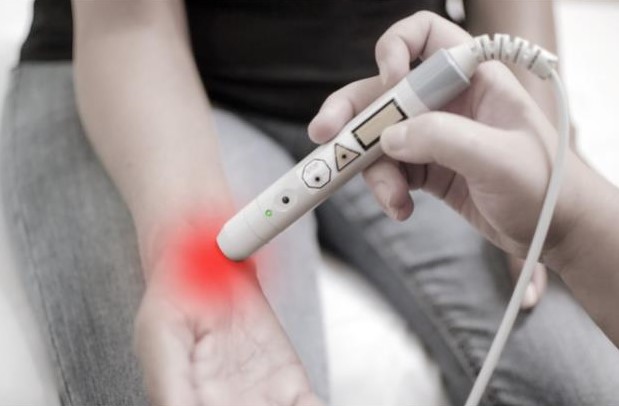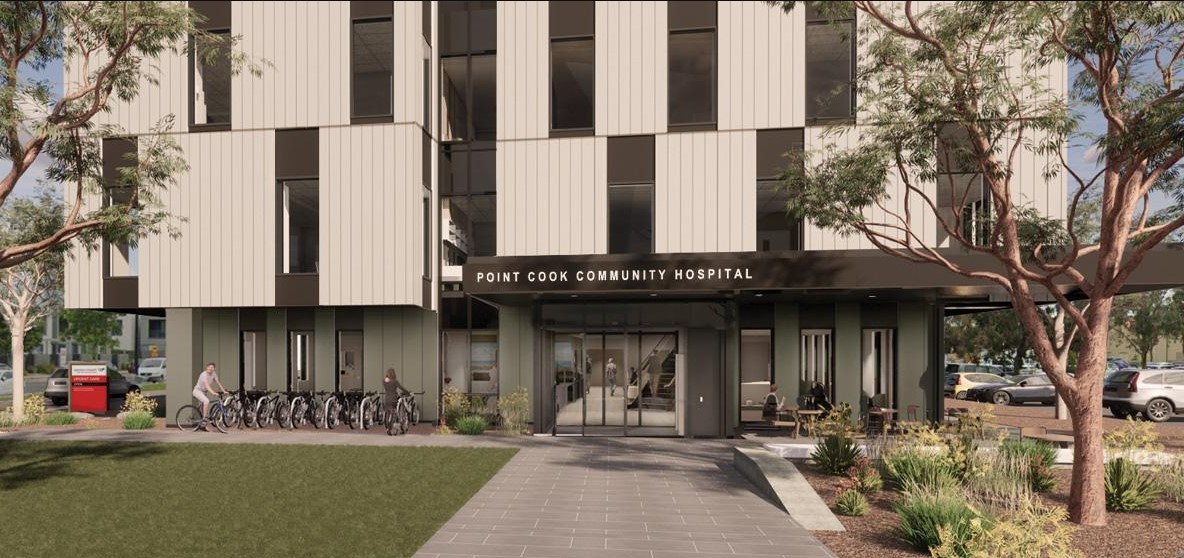08
Apr 2024
Understanding How Hand & Arm Surgeries Work: A Full Guide
Published in General on April 08, 2024

This blog is designed to demystify the process, outcomes, and recovery associated with hand and arm surgical procedures. Understanding what to expect can significantly ease the decision-making process, whether you're considering surgery due to an injury, chronic condition, or cosmetic reasons. From intricate procedures that address carpal tunnel syndrome to complex reconstructions following an accident, our guide aims to provide valuable insights. Join us as we explore the complicated world of hand and arm surgeries, shedding light on the latest techniques, what patients can anticipate regarding recovery, and how these surgeries aim to improve quality of life.
Technologies in Hand and Arm Surgery
In hand and arm surgeries, technological advancements have significantly transformed patient outcomes. Leading-edge technologies, such as minimally invasive surgery (MIS) techniques, robotic-assisted surgery, and high-definition 3D imaging, are at the forefront of this evolution. The team behind Field orthopaedics says that hand surgery is one of the last disciplines to emerge as its specialty. Still, with the help of innovative technologies such as screws and plates, medical professionals can now treat complex hand and arm injuries with greater precision. This has led to shorter recovery times, less scarring, and improved overall patient function.
Common Conditions Requiring Hand and Arm Surgeries
Hand and arm surgeries can be necessary for many conditions, often aiming to restore functionality, alleviate pain, or correct deformities. Some of the most common conditions that may require surgical intervention include:
● Carpal Tunnel Syndrome: A condition caused by pressure on the median nerve in the wrist, leading to numbness, tingling, and weakness in the hand.
● Fractures and Injuries: Accidents can lead to broken bones in the hands and arms, necessitating surgery to realign the bones and ensure proper healing.
● Tendon Injuries: Tendons, which connect muscle to bone, can become injured or torn, requiring surgery to repair the damage and restore movement.
● Arthritis: Osteoarthritis and rheumatoid arthritis can cause significant pain and deformity in the hands and arms, with surgery sometimes needed to relieve symptoms or replace affected joints.
● Dupuytren's Contracture: A condition where the fingers bend towards the palm and cannot be fully straightened, requiring surgery to remove or release the affected tissue.
● Ganglion Cysts: These are non-cancerous lumps that commonly develop along the tendons or joints of the wrists or hands. Surgery may be recommended if they cause pain or interfere with hand function.
Preparing for Surgery: Consultation and Evaluation
Before undergoing any hand or arm surgery, patients typically meet with a surgeon for a consultation and evaluation. During this visit, the surgeon reviews the patient's medical history, performs a physical examination, and discusses potential surgical options. It is also an opportunity for patients to ask questions and address any concerns.
In some cases, diagnostic tests such as X-rays or MRIs may be ordered to assess the condition further and determine the best approach for surgery. The surgeon will also provide instructions on preparing for the procedure, which may include stopping certain medications or fasting before surgery.
Types of Hand and Arm Surgeries
Hand and arm surgeries can vary significantly in complexity, duration, and recovery time. Some common types of procedures include:
● Open Surgery: This involves making a large incision to access the affected area for repair or reconstruction.
● Minimally Invasive Surgery (MIS): Using specialized instruments and techniques, MIS allows for smaller incisions and reduced tissue damage, resulting in a faster recovery time.
● Arthroscopy: A minimally invasive procedure that uses a small camera and specialized tools to examine and repair joints within the hand or arm.
● Reconstructive Surgery: This involves rebuilding damaged tissues or structures using grafts, flaps, or other techniques.
Recovery and Rehabilitation
After surgery, patients will be given specific instructions on how to care for the surgical site, manage pain, and gradually resume daily activities. Following these instructions closely is essential to promote proper healing and avoid complications.
Physical therapy may also be necessary for some procedures to help restore strength, range of motion, and function in the hand or arm. The duration and frequency of rehabilitation will depend on the type of surgery and the individual's progress.
Hand and arm surgeries have come a long way regarding technology, techniques, and outcomes. Suppose you are facing a hand or arm condition that may require surgery in that case, consulting with a qualified surgeon to discuss your options and understand what to expect during and after the procedure is essential. With proper preparation, care, and rehabilitation, these surgeries can significantly improve quality of life and help patients regain full use of their hands and arms. Remember always to follow your doctor's instructions and be patient during recovery for the best possible outcome.









